
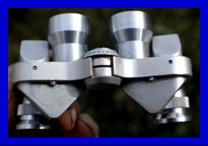
|
Japanese External Reverse Porro Prism Binoculars. WEBSITE MUSEUM |
|
OTHER BINOCULARS #3 & OPTICAL SIGHTS |
|
- SWAP SHOP & MISC - MISC #1 - MISC #2 - BINOCULARS CATALOGS #8 - BINOCULARS CATALOGS #9 - INDEX #1 - INDEX #2 |
|
As our holdings of miniature binoculars and catalogs have gotten massive, and as Covid has made international acquisition/shipment much more difficult or impossible, I decided to add some space to be able to indulge myself in exploring some other types of binoculars and optics. |
|
FUJINON M22 7x50 US Army Binoculars |
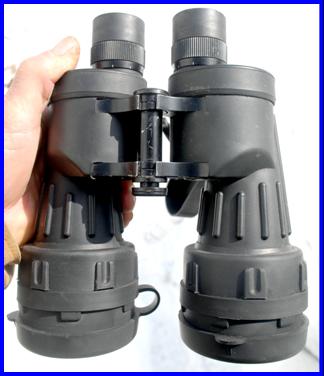
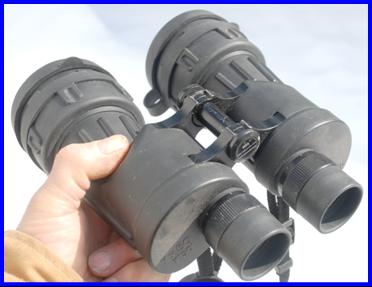
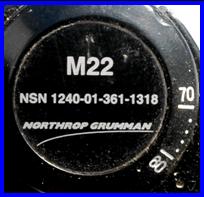
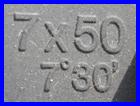
|
My Fujinon 7x50 US Military binoculars were made under a govt contract fulfilled by aeronautic and defense contractor Northrop Grumman, who subcontracted to Fujinon, with some U.S. content labor conformity by Kama-Tech, who specialized in that. |
|
The NSN (National Stock Number) for this binocular (designated model 12950938) was created July 9, 1992, and the US Army, Navy, Air Force and Marines could purchase under this NSN. Historic government pricing was $1,385.10 to $2,308.50 ! These binoculars were equipped with KillFLASH anti reflection shields, being an ARD (Anti Reflection Device) manufactured by Tenebraex Corp. of Boston, Ma. with their “SEE NOT SEEN” trademark. These binoculars have a vertical and horizontal ranging grid, and are presumably nitrogen filled. These contract binoculars do have internal laser interference protection filters against targeting and range finding lasers (Nd:YAG lasers usually with a 1064 nm wavelength). These laser filters do reduce light transmission in binoculars by around 10% and make binoculars not color neutral with a blue hue. I can absolutely confirm this, because I happen to have the near identical civilian Fujinon 7x50 version of these same binoculars (marked as military spec) but without the laser protection, and I do prefer those for using as being distinctly brighter and without the blue tinge of these military contract binoculars (though both are really quite good ). |
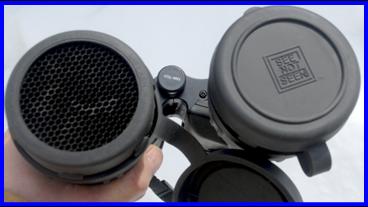
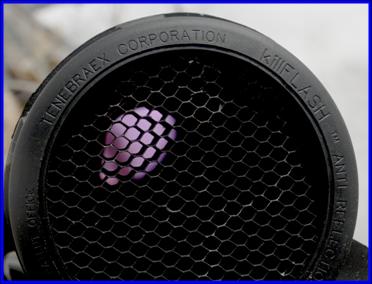

|
1979 Avimo L12A1 7x42 British Military Binoculars |
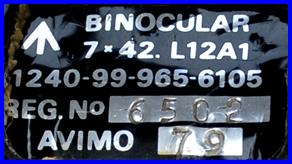
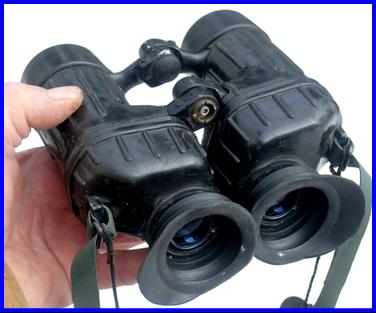
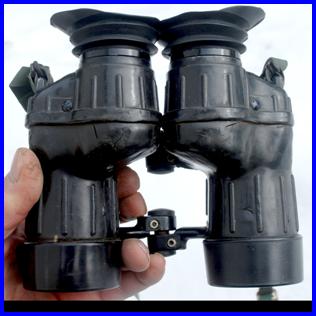
|
My L12A1 7x42 fixed focus rubber armored British Military binoculars were produced in 1979 by Avimo Ltd. of Taunton UK (which had been acquired in 1971 by optics supplier United Scientific Holdings). They have a left ocular horizontal ranging grid and rubber eyecups designed to be compatible with eyeglasses or gas masks, and they have attached ocular covers, and filters, but no objective covers. This type of military binoculars was used in the Falklands conflict of 1982, and in the Iraq and Afghan wars, so they are a compatible accessory for my 1966 109 military land rover ambulance and 1977 military land rover artillery tractor (both used in the Iraq War) and my ex Northern Ireland Snatch 1.5 CAV Armored 110 Land Rover that patrolled in Basra Iraq 2004-2007. it is nice when collections overlap. These binoculars have an odd non intuitive pivot geometry. |
|
WWII German D.F. 10x80 antiaircraft artillery (Flakglas) binoculars |
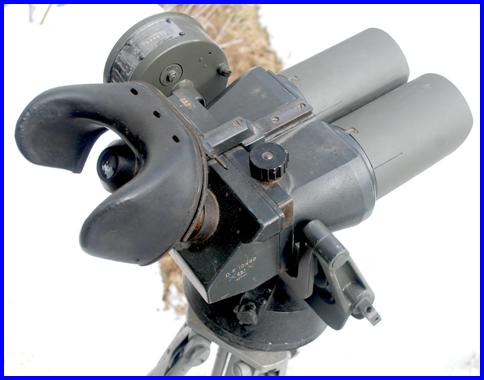
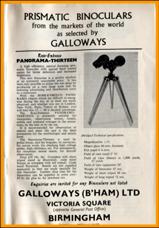
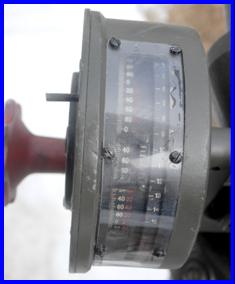
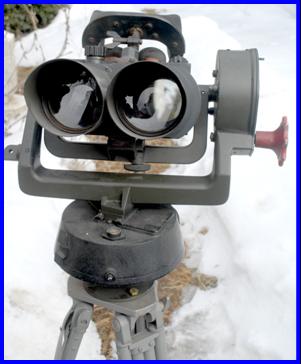
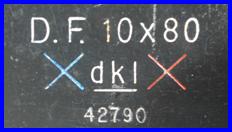
|
My German WWII Flakglas binoculars and it’s cradle and tripod were primarily designed for directing the aiming of antiaircraft searchlights associated with the 88mm antiaircraft artillery, and the elevation and horizontal scales are for that purpose, and an accessory lighting harness was for that night time purpose. But these were also used for general aircraft spotting, and for general observation. They were produced in large numbers by six different manufacturers from 1939-1945, and because they came in a wood case and military shipping was cheap a lot were shipped back to the USA as souvenirs by soldiers who captured them. This particular unit is dkl marked, which is the WWII manufacturer code for Joseph Schneider Optische Werke Kreuznach, located in Bad Kreuznach Germany. The “ D.F . ” marking is for Doppelfernrohr (Double telescope). The blue X marking indicates use of cold weather grease #1442, and the red X indicates use of another specific grease. The cradle and circle mount on this unit is correct and functional, though the cradle is missing the right side handle, but although my tripod is similar in design to original with sliding tubular legs, it is not original or of the period. |
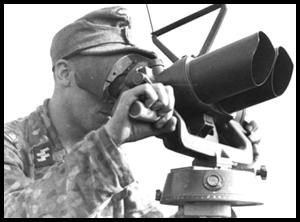
|
1928 Swiss Kern 6x24 Military Binoculars |
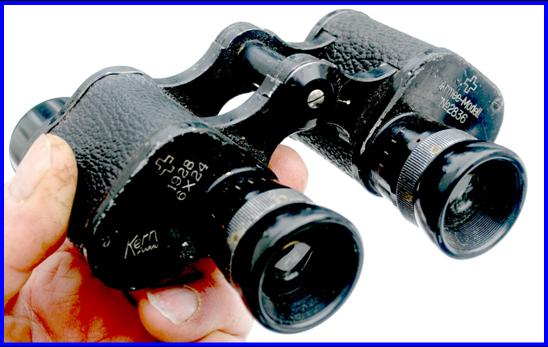
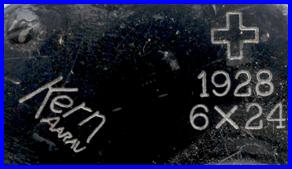
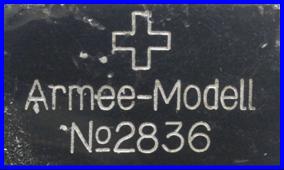
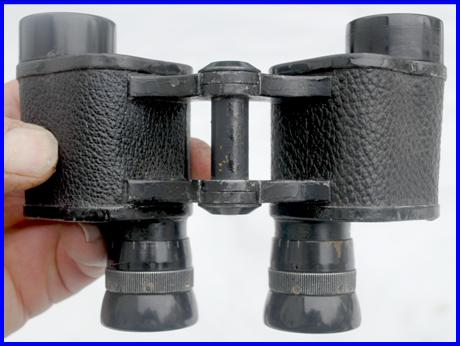
|
My 1928 Swiss Kern Aarau 6x24 military Armee-Modell binoculars were manufactured by the optical firm of Kern & Co (which was also a maker of geodetic instruments), which was located in the northern Switzerland municipality of Aarau. The Swiss Cross on these binoculars is a government property mark, and this property mark appears in four places on these binoculars. These binoculars do not have a ranging grid or graticule. Since Kern apparently commenced binocular production in 1925, these were produced 3 years later. A 1926 dated version of these exists in another collection with serial# 95, so the serial number 2,836 on this suggests Kern produced at least that many binoculars in their first 3 years. |

|
1916 WWI Carl Zeiss London British Military Binoculars No.3 Mk 1 |
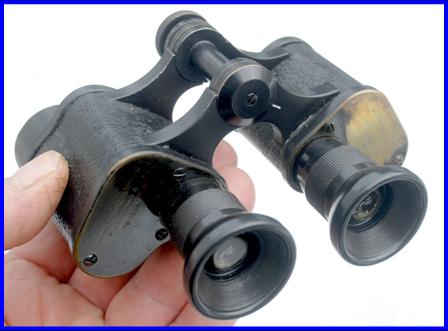

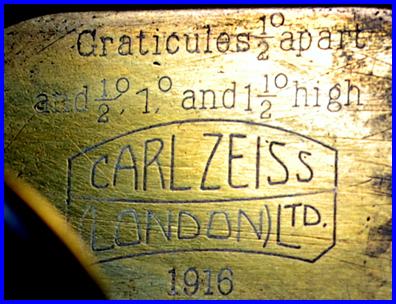
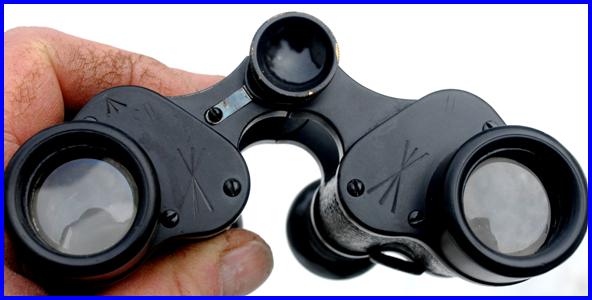



|
My Carl Zeiss London binoculars are a geopolitical binoculars paradox. They were produced in 1916 by the German Carl Zeiss Jena owned but British registered firm of Carl Zeiss London Ltd. (but which by 1916 had it’s German company directors forced out and replaced by British ones) at it’s Mill Hill London factory, fulfilling British Ministry of Defense govt. contracts, around two years after the UK had declared war on Germany on Aug 4 1914 (my grandmother’s brother enlisted in London that month) with those binoculars equipping UK troops fighting German troops. Zeiss London produced at least 923 of these binoculars in 1916. Slightly before the war had started, Carl Zeiss Jena ordered a stock of 700 binoculars of the London factory be sent to Germany, but those shipments were blocked at British and Dutch ports, and the binoculars redirected to Woolrich arsenal in England. Actually the Carl Zeiss London factory had been producing British Military No 2 Mk I & Mk II and then No 3 Mk I and Mk II binoculars since 1909, when Carl Zeiss London Ltd. Had been formed for that purpose. The British government subsequently forced the liquidation sale of the assets of Zeiss London Ltd. including the factory and all manufacturing equipment to the British Optics firm Ross Ltd. in January 1917, under the regulations of the January 1916 Trading With The Enemy (Amendment) Act for liquidating enemy owned property with proceeds held in trust, with Ross promptly continuing to fill the Zeiss London Ltd. British Military contracts producing around 50-75 binoculars per week, but with the subsequent binoculars branded as Ross. (information credit to Thomas Antoniades/ “ Carl Zeiss Presence in London”). |
|
“Binocular Prismatic No 3 Mark II magnification 6, (serial) No 1504”. The Mk II designates having the range graticule defined on the right plate, but the ocular was replaced with one from a No 3 MK1 model minus graticule, probably at the time of military disposal as a form of “demilitarizing”. |
|
One broad arrow British Military property mark at upper left, and two facing broad arrow property disposal marks |

|
1916 WWI Carl Zeiss London British Military Binoculars No.3 Mk 1 |

|
WWII German D.F. 10x80 Flak Binoculars Flakglas |
|
WWII German D.F. 10x80 Flak Binoculars Flakglas |
|
WWII German D.F. 10x80 Flak Binoculars Flakglas |

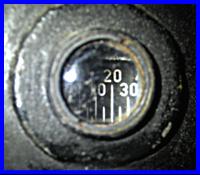


|
1945 Barr and Stroud CF41 7x49 WWII British Admiralty (Navy) Binoculars (Scottish manufactured) |
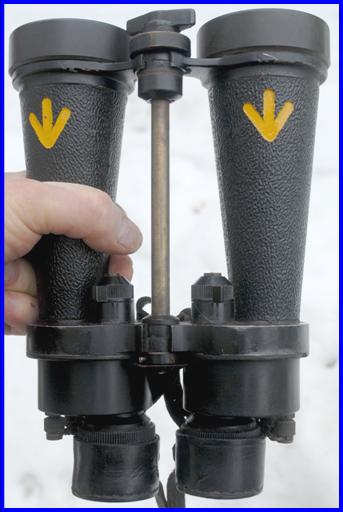
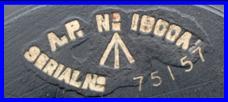
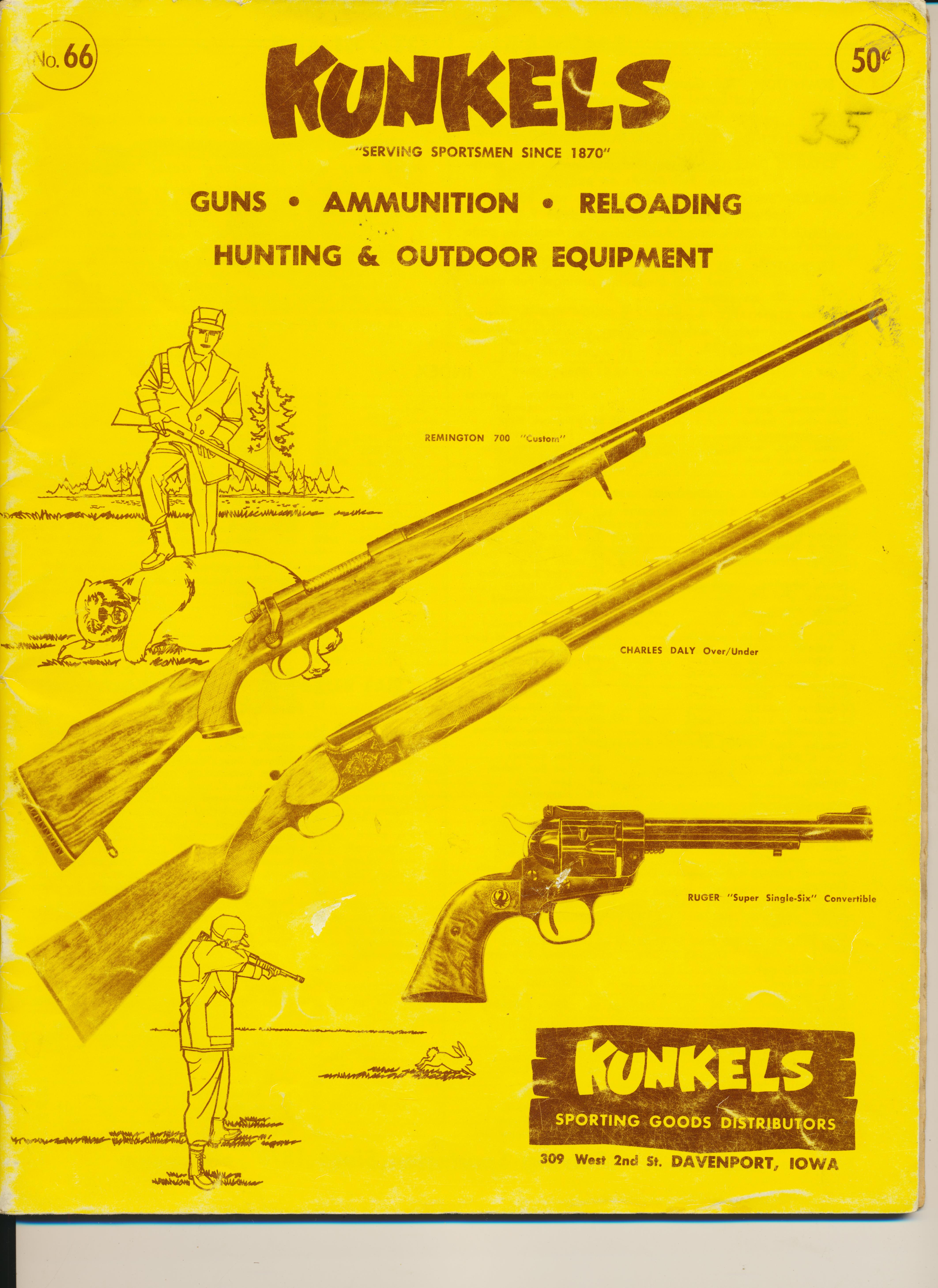
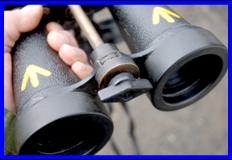
|
My Barr and Stroud CF41 military binoculars are one of the 70,000 produced in a very long production run starting 1935 and with the model stocked until around 1973/74. The AP1900a marking designates this as having colored filters controlled by dual levers for challenging weather conditions, and this model does not have a gratucule. (the Ross model CF42 had a gratucule for ranging drop of shot). These binoculars have the yellow broad arrow UK Admiralty (Navy) property mark plus the standard broad arrow Ministry of Defense property mark, and have 4 desiccating/ drying ports. These binoculars are essentially a military naval design specific model. According to the University of Glasgow (Scotland) Barr & Stroud archives, by their serial number these binoculars date to middle of 1945 WWII production. |

|
1934/1935 Barr and Stroud CF31 7x49 Scottish Manufactured Binoculars |
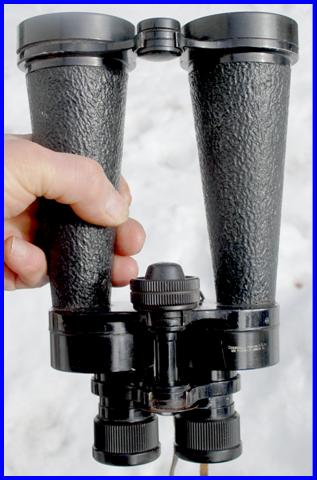
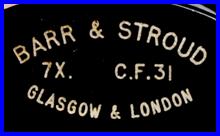
|
My Barr and Stroud CF41 7x49 binoculars with serial number 10,575, according to the University of Glasgow Barr & Stroud archives, were produced in either 1934 or 1935, around two years after the start of Barr and Stroud binoculars production. These binoculars were apparently distributed in the UK by the firearms and sporting goods manufacturer Cogswell & Harrison (1932) Ltd., and the binoculars are so marked (co. origins date to 1770 and the co. still exists today) probably being supplied through their network of UK retail gun dealers. |

|
1932/1933 Barr and Stroud 7x24 CF29 Scottish Manufactured Binoculars |
|
My Barr and Stroud CF29 7x24 binoculars serial number 96,151 according to University of Glasgow Barr & Stroud archives, were produced between 1947 and 1951, and reflect Barr and Stroud’s quick post WWII move to supply the civilian market with products. Like the wartime and prewar binoculars of this general pattern, the prism housings and objective caps and some other parts of the CF29 model are made from the bakelite form of plastic. |
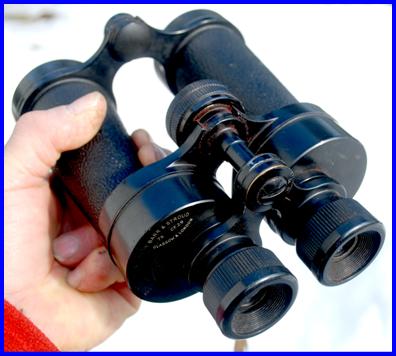

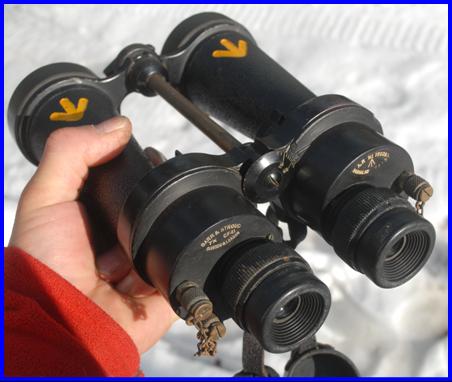

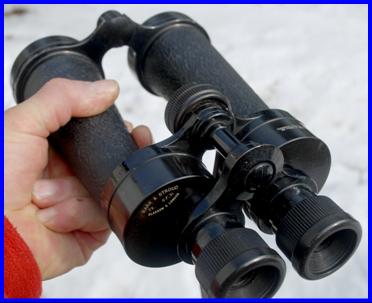
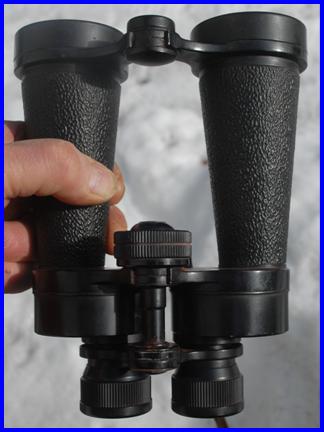



|
Ca 1917-1921 Ross 10x Stereo Prism Binoculars with an Interesting Past |
|
I tend to like those (many) things which I collect to have a human provenance whenever possible: a documented history beyond the bare physical object. The vast majority of objects that survive their original ownership quickly shed their human history. So for me it is a pleasure when an item defies that norm, and as it is often merely because somebody wrote something on the object and the web now allows researching the meaning. This is the case with these binoculars. The carry case for my Ross 10x binoculars is marked as having belonged to Leighton Hope, the American Consul at the US Ensenada Consulate in Mexico 1922-1926. The binoculars are marked as having been sold through the firm of G. Falconer & Co. Ltd. Hong Kong, which fits perfectly because in 1921 Leighton Hope was U.S. Vice consul to Hong Kong in 1917, and U.S. consul in Hong Kong in 1921. He obviously purchased these British Ross binoculars in Hong Kong during his time there. As can be seen in the period (1928) G. Falconer & Co. (Hong Kong) Ltd. advertisement shown at left, Faconer were agents for and sold Ross binoculars and telescopes. |
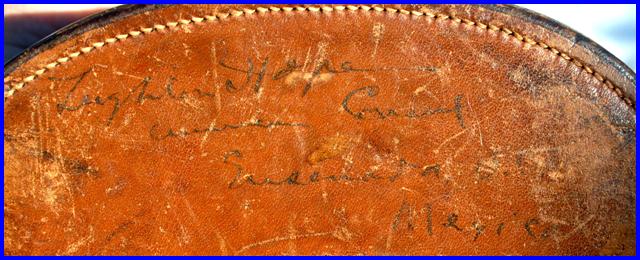
|
Inscription says: “Leighton Hope, American Consul, Ensenada SA Mexico” |
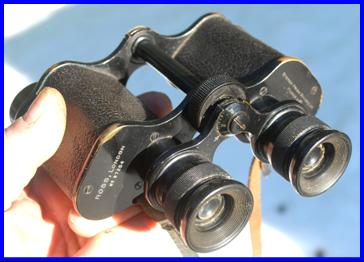

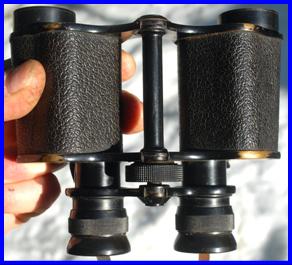
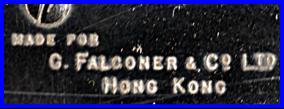
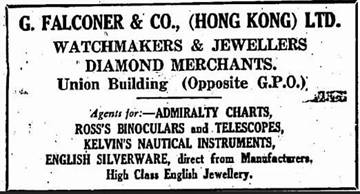

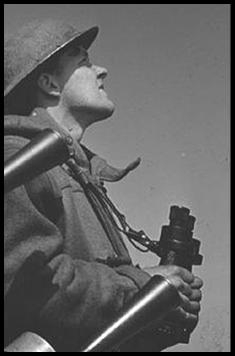
|
Royal Navy antiaircraft watch in 1942 with CF41 |



|
The desiccating ports are marked “ C ” and “ B ” and “ British Patent No 435220/1934 ” |
|
WWI Australian Military MKV Spl 4 1/2x Binoculars (French Manufacture) |
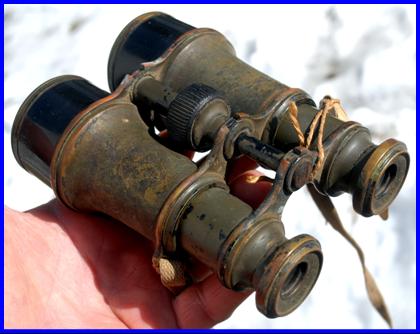
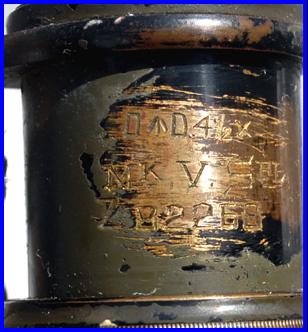

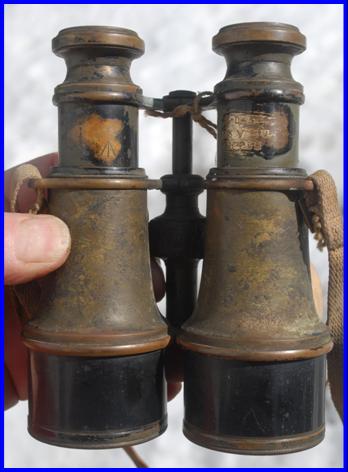
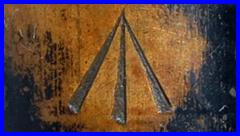
|
My Australian Military marked 4 1/2x MkV Spl. binoculars are Australian military property marked, and represent what was probably a WWI expedient issue (the Spl / Special marking) of existing or available French made civilian non prismatic binoculars. In both WWI and WWII the massive mobilization and need for coast watching and air defense observation far outstripped any ability to field military binoculars, and the UK,US, and Australia grabbed all usable civilian stocks and advertised for civilians to donate their binoculars. What makes this more interesting is that they have a tag of having been serviced by the AEME V shops Instrument Section at the Cliff Port Phillip area VIC (Victoria) in 1944 . AEME is Australian (military) Electrical & Mechanical Engineers (established in 1942). These are a pattern of binoculars American Civil War officers had in the 1860s, fairly obsolescent in WWII, and absolute dinosaurs in every way by WWII. (like handing a WWII soldier a bag of black powder and a civil war muzzle loading percussion musket) ! |
|
UK and Commonwealth Military Property mark |
|
DD and broad arrow Australian Military Property mark |
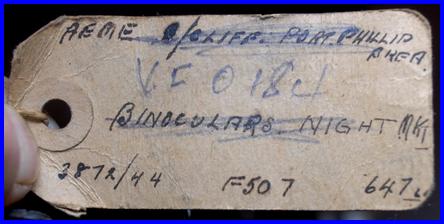
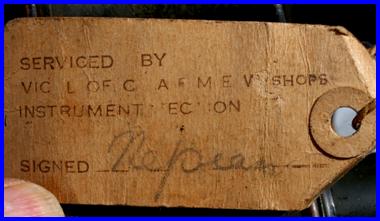
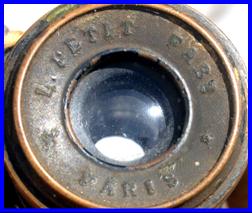
|
“L. PETIT FABT. PARIS” L. PETIT (maker) PARIS |
|
1941 WWII British Taylor-Hobson No.2 MK. II 6x30 Army Binoculars |
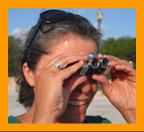
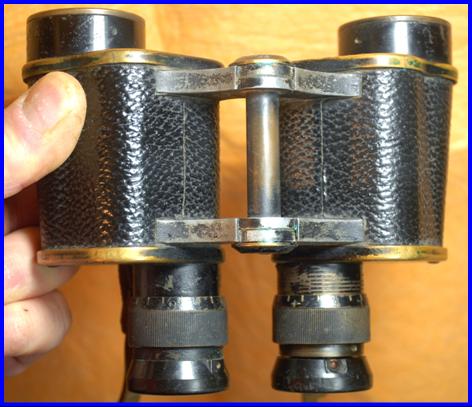
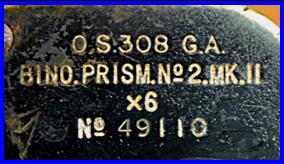
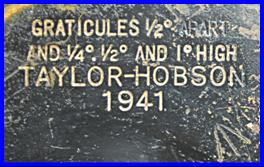
|
My British Army Binoculars Prism No.2 Mk. II were made in 1941 by the British camera lens manufacturer Taylor Hobson, who by 1939 were providing 80% of the world’s film studio camera lenses under the Cooke brand. In 1939 Taylor Hobson was given government funding to set up a factory in Leicester which went on to produce 2,000 No. 2 6x30 military binoculars a month for the war effort. It is interesting to note that The No.2 MkII pattern of binoculars was adopted in 1909 and was previously produced for WWI (see my 1916 No 2 MKII binoculars produced by Sherwood & Co on the previous page). The Taylor Hobson co. still exists and today and produces profilometer metrology instruments. |


|
British workers making Taylor Hobson No.2 military binoculars including these in WWII in their Leicester factory |




|
I would like to recommend & credit as a reference the multilingual book Milit ä rische Fernglasser un Fernrohre in Heer, Luftwaffe und Marine (Military Binoculars and telescopes for Land, Air and Sea Service) by Hans Seeger as being an invaluable information resource. |
